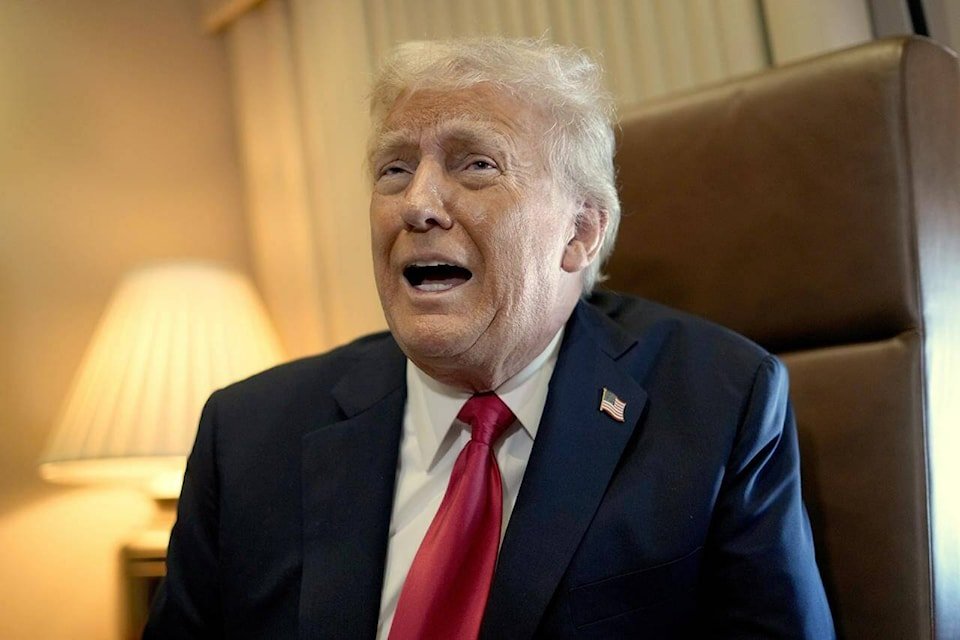When Donald Trump took over the presidency and stepped again into the Oval Office in 2025, the whole world knew it wasn’t just a new administration, but a revived and unapologetic brand of diplomacy that is direct, blunt, and often confrontational.
As we see, Trump’s foreign policy is again turning traditional diplomacy on its head. Although his predecessors operated through institutional alliances but Trump’s engagements are pretty personal and direct. While the critics label it ‘chaotic’, the supporters call it a ‘transformational shift in global diplomacy’.
Notables of Trump-era diplomacy
At the heart of Trump’s foreign policy lies a framework that is bold and controversial. Built on nationalism, assertiveness, and disruption, the key pillars of Trump-era diplomacy challenge decades of traditional US engagement with the world.
America first
At the core of Trump’s diplomatic approach lies his nationalistic agenda “America First” doctrine. In his current tenure, it’s not just a slogan, but it’s a bigger part of his foreign policy. Under this mantra of Trump, where ‘America First, The World Second’, national interest overshadows global leadership.
For instance, Trump’s withdrawal from international aid commitments as he shuts down the United States Agency for International Development (USAID) and his administration justifies it by calling it an unfair burden on US taxpayers or a lack of reciprocal benefits.
Trump’s foreign policy is all over his nationalist agenda, where US interests are above everything.
Bilateral over multilateral
Another shift in Trump’s diplomatic playbook is that he turned his back on multilateralism. Unlike the past presidents who relied heavily on alliances like NATO and the G7, Trump prefers one-on-one deals, leader-to-leader engagements.
And the evidence? His 2025 meetings with Bahrain’s Crown Prince, India’s Prime Minister Modi, Qatar’s Prime Minister, Pakistan’s Chief of Army Staff, Ukraine’s President, Israel’s Prime Minister, and even the Secretary General of NATO were all designed as bilateral engagements, bypassing larger institutional negotiations.
The logic behind this is pretty simple, as in a bilateral setup, Trump dominates the room, sets the terms and conditions, and controls the optics, and his Oval Office meeting with Ukrainian President Zelensky clearly showed how Trump dominates in bilateral engagements.
Unpredictability as strategy – use of surprise
One of Trump’s most debated tactics is his use of unpredictability and surprise. Clearly, in 2025, Trump’s use of surprise as a diplomatic weapon has been intensified. Whether it’s a ceasefire announcement via a morning Truth Social post, or suddenly freezing foreign aid programs without a State Department warning, or a 90-day tariffs pause after shaking the global market with high tariffs, or suggesting that Canada become the US’s 51st state and last but not least withdrawing from Paris Climate Accord and WHO that too both exited via executive orders on Day One, very unpredictable? Right.
Protectionism and diplomacy, side by side
One of Trump’s favorite approaches is ‘coercive economic diplomacy’. From slapping higher tariffs on countries to pausing it for 90 days to pressurize them to negotiate with the US, he is once again wielding trade and sanctions as frontline tools of negotiation.
Trump hit where it hurts the most, and that’s what he did, he first made all countries panic and fear his high tariffs, and then paused them for 90 days and giving countries time to negotiate with the US. Trump forced countries to either negotiate with him or face higher tariffs. With no option left, countries like Indonesia, South Korea, and Vietnam negotiated.
Trump’s logic is that the U.S. should leverage its market power aggressively, but critics argue this could trigger retaliation, as the one we saw from China, fragment global trade, and alienate partners. But the thing is, can protectionism serve diplomacy without provoking protectionist backlash?
Case spotlights, diplomacy in action
Zelensky in Oval Office
Let’s reflect on some of Trump’s diplomatic cases, such as his Oval Office meeting with Ukrainian President Zelensky. Trump, who always comes up with the word “diplomacy” himself, apparently failed to do so. Zelensky expressed gratitude for past US military assistance and pushed for continued support to help Ukraine defend itself.
To which Trump questioned why the US should keep providing aid and suggested that European countries should contribute more before the US commits further. Instead of reinforcing US support based on security commitments or shared values, Trump treated military aid as a deal, suggesting that Ukraine (or Europe) needed to offer something in return for continued assistance.
This reflects a “quid pro quo” (Quid pro quo in diplomacy means “something for something”—a situation where one country provides aid, support, or concessions only in exchange for something in return.)mentality that Ukraine must justify why the US should continue supporting it, rather than assuming aid based on long-term alliances.
The whole meeting highlights how Trump tried to be dominant by using his assertive tone and making comments like “You don’t have cards, we have cards”.
Ceasefires…
Then there comes Trump’s obsession with ‘ceasefires’ and ‘taking the credit’ for every peace agreement. He loves the title of peacemaker and insists on stamping his name on every temporary truce, regardless of the groundwork behind it, and to some extent, his diplomacy worked as Pakistan and Israel, both countries, have nominated Trump’s name for the Nobel Peace Prize award.
From India-Pakistan conflict where India denied formal US mediation, yet Trump still took center stage as the man who “stopped a nuclear war,” to the Israel-Iran truce, where one day Trump authorized strikes and the next day he is the one who brought peace, and Israel-Gaza it has always been Trump announcing deals, sometimes even before they are finalized.
Chaos or strategy; or a blend of both?
So, what exactly is Trump’s diplomacy? Transactional? Yes, Coercive? Absolutely Yes, Deal-Broker? A big Yes.
The reality is that Trump’s way of diplomacy in 2025 isn’t traditional. It isn’t even particularly diplomatic. But it is deliberate, rooted in a worldview that sees strength in shock, victory in deals, and diplomacy as a game best played solo.
One thing is clear that Trump’s diplomacy doesn’t fit traditional models. It blends nationalism, unpredictability, economic leverage, and media performance into a uniquely personal style of foreign policy.
Trump’s diplomacy is chaotic on one hand and strategic on the other. He strikes Iran and then claims credit for brokering peace. Thus, it’s not wrong to say that his diplomacy is a blend of both chaos and strategy.
An IR student whose interest lies in diplomacy and current affairs and a part time debater




